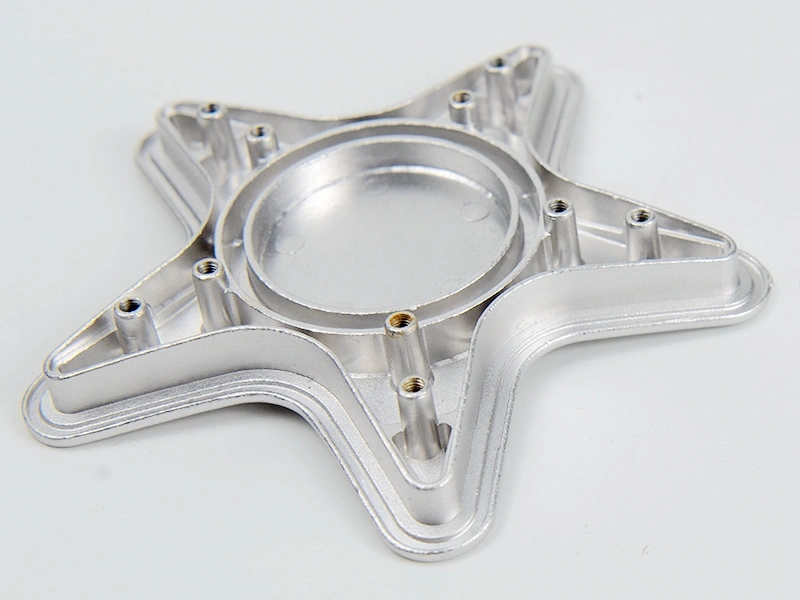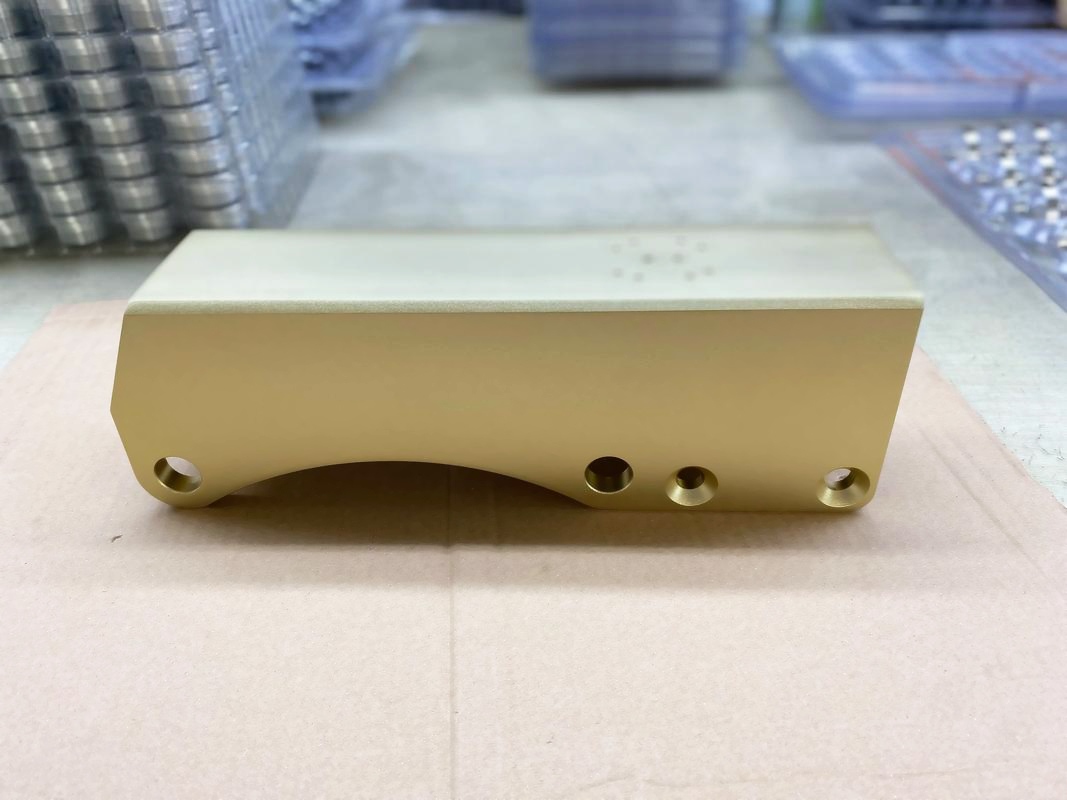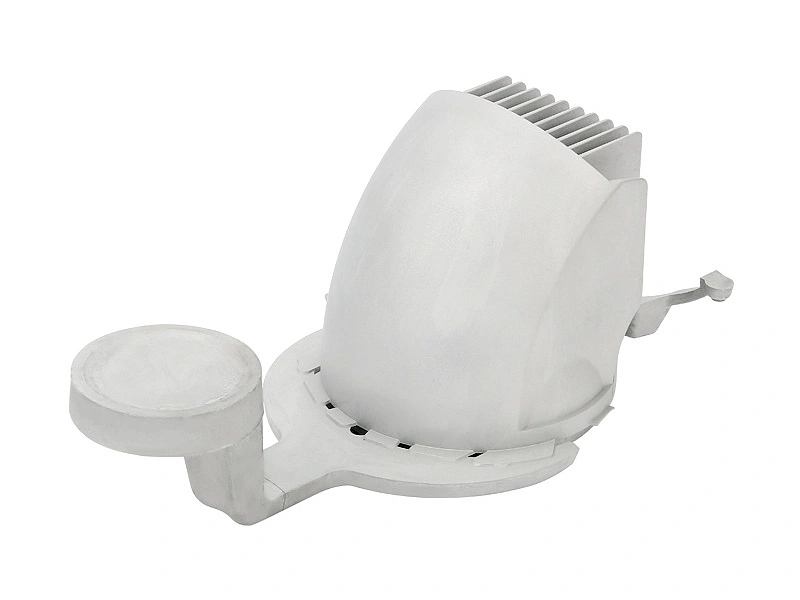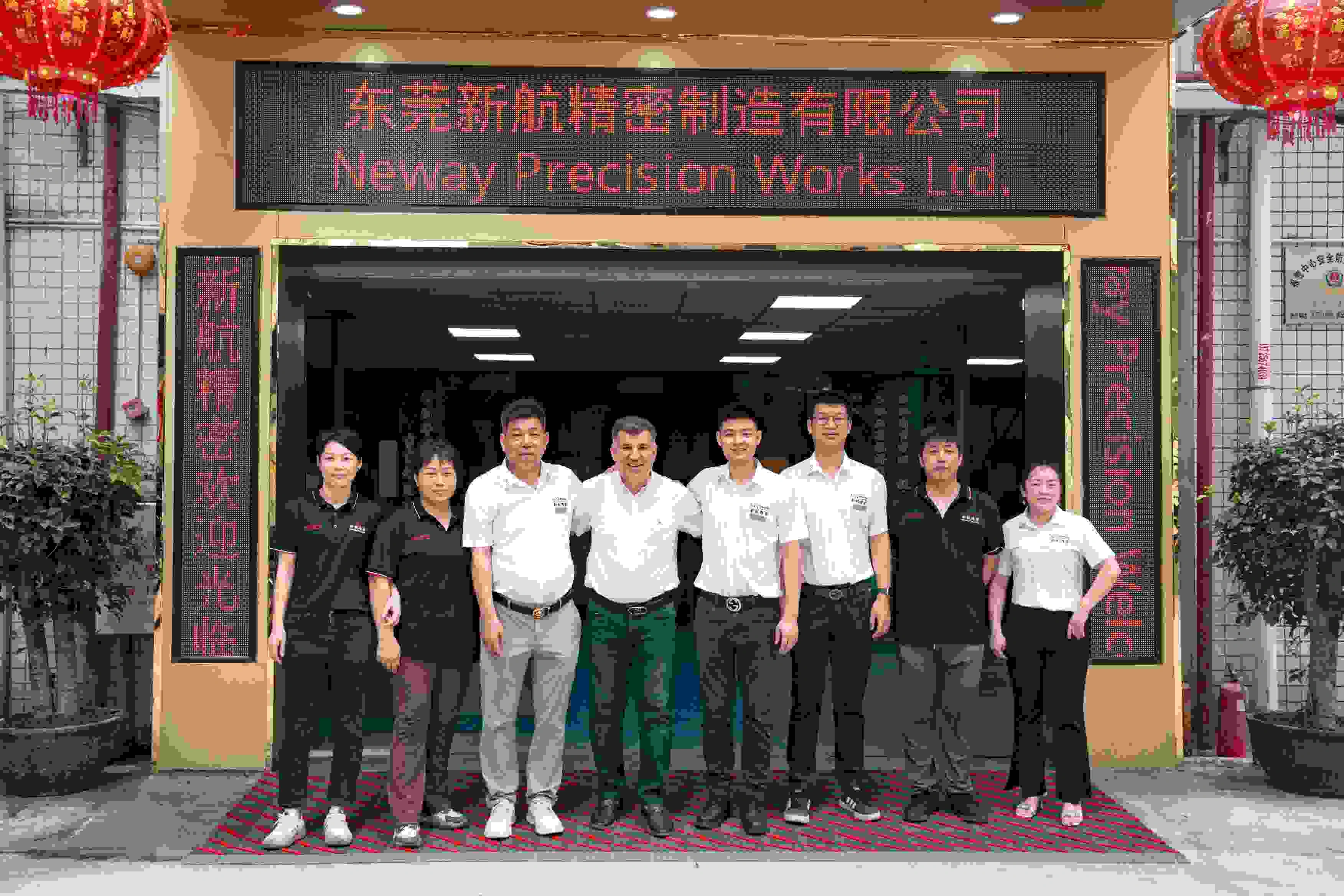How does die casting improve thermal management in LED systems?
How Does Die Casting Improve Thermal Management in LED Systems?
The Importance of Thermal Management in LED Design
LED systems generate concentrated heat at the diode junction. If not effectively dissipated, this heat reduces luminous efficiency, shortens component lifespan, and increases failure rates. An efficient thermal path from the LED source to the ambient environment is critical. Die casting offers structural and material advantages that directly enhance this thermal performance.
Thermal Advantages of Aluminum Die Casting
Die casting allows the use of thermally conductive aluminum alloys such as A360, AlSi12, and ADC12, which provide:
Thermal conductivity between 96–105 W/m·K
Excellent formability for creating dense fin arrays and extended surface areas
High stability for maintaining contact between LEDs and heat sinks without deformation
These characteristics enable fast heat transfer from the LED package through the heat sink to the surrounding air.
Design Integration for Heat Transfer Efficiency
Die casting allows complex geometries to be formed in a single part, enhancing thermal management through:
Integrated fin structures that maximize convective surface area
Direct contact surfaces for LED modules with minimal interface resistance
Built-in mounting features to reduce thermal interfaces and material mismatches
Neway’s tool and die capabilities enable advanced thermal structures such as multi-directional fins or hybrid enclosures that combine heat management with mechanical housing.
Surface Treatments that Support Thermal Dissipation
Surface finishing improves the effectiveness of thermal radiation. Neway offers:
Anodizing: Increases emissivity, improving radiative heat transfer while protecting against corrosion
Powder coating: Provides environmental protection without significantly affecting thermal performance
CNC machining: Refines critical surfaces to ensure tight thermal interface contact
These processes are part of Neway’s integrated post-processing workflow.
Reduced Assembly and Thermal Interfaces
Die casting can consolidate multiple components into a single, thermally optimized housing. This reduces the number of joints or interfaces, which often act as thermal resistors. Fewer layers between the LED and the heat sink improve overall thermal transfer efficiency and long-term system stability.
Neway’s Thermal Casting Expertise for LED Systems
Neway provides complete solutions for thermal management in LED applications, including:
Custom aluminum die casting for LED heat sinks and enclosures
Optimized die design for thermal geometry integration
Thermal testing and assembly services for production-ready lighting components



